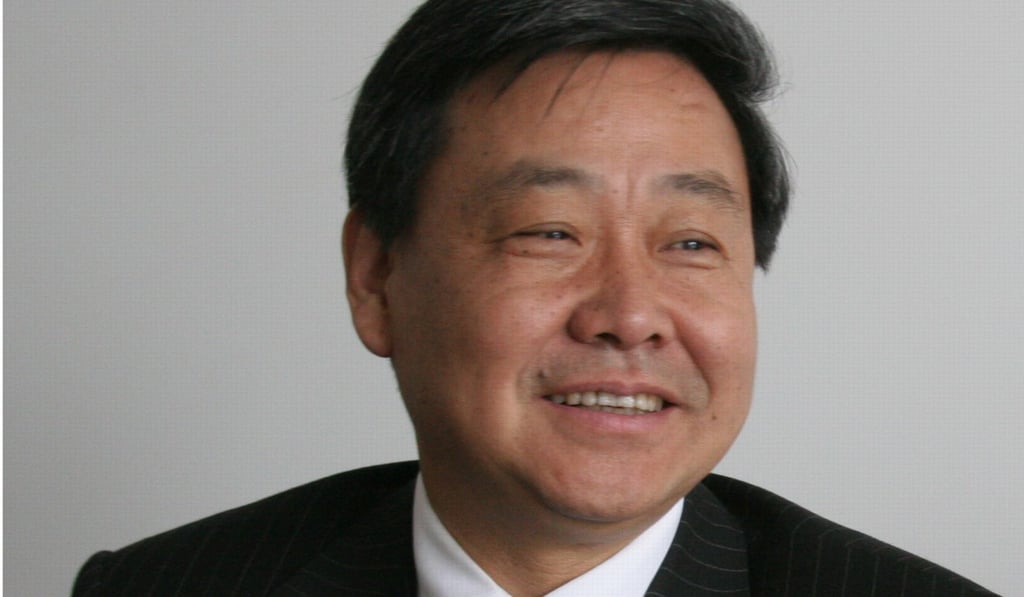China’s funding for science and research to reach 2.5 per cent of GDP in 2019
- Country will hit its target a year ahead of schedule, but scientists say they still don’t get enough funds for basic research
- China has been closing the gap on spending in recent decades as it pursues ambition of becoming a global tech superpower

China’s spending on science and research funding is set to continue rising to 2.5 per cent of its GDP this year, as the nation seeks to catch up on the technology front amid an economic downturn.
The funding target was revealed in a meeting of the country’s peak advisory body, the Chinese People’s Political Consultative Conference, on Sunday. It means China will reach its budget goal for research and development a year ahead of schedule, though scientists say they still do not get enough funding for basic research.
Biophysicist Rao Zihe, a CPPCC delegate, said research and development spending would hit 2.5 per cent of gross domestic product in 2019, citing Beijing’s medium and long-term plan for science and technology development for 2006 to 2020.
Last year, China spent 1.96 trillion yuan (US$291.58 billion) on research and development, or 2.18 per cent of its GDP, an 11.6 per cent increase from 2017, according to data from the National Bureau of Statistics.

Meanwhile, figures from the Organisation for Economic Cooperation and Development show China has been closing the gap in science and tech spending in recent decades. Research and development funding accounted for 0.893 per cent of the nation’s GDP in 2000, and it rose to 2.129 per cent in 2017.